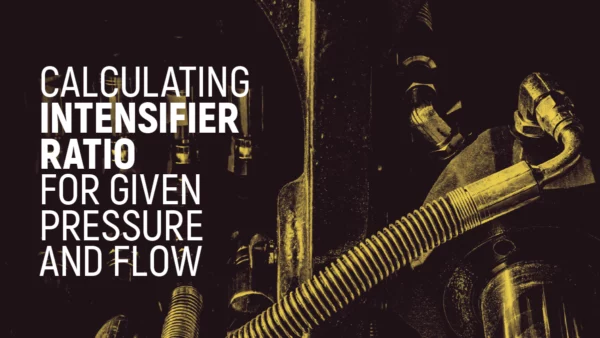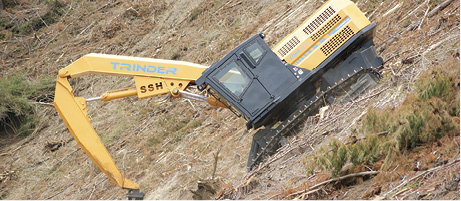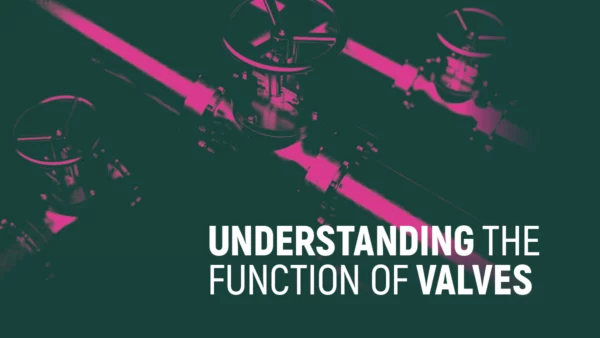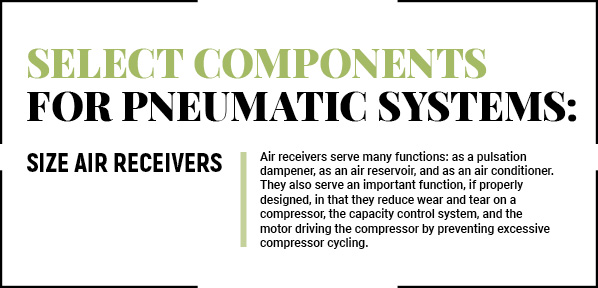Good Housekeeping Keeps Solenoid Valves Happy
The health of any motion control system is only as good as the health of its components. Because of their small size, solenoid valves can sometimes get overlooked in a system maintenance regimen. As valves control the flow of fluid, air, or gases for a much larger system, such maintenance oversight can lead to problems with the entire application.
Proper maintenance can extend the life of the valve and guarantee its consistent operation for many years. While maintenance schedules largely depend on each specific application, this article answers some frequently asked questions about solenoid valve maintenance and repair.
Choose Wisely to Avoid Future Problems
The best predictor of the valve’s performance over time is how it fits the demands of an application. What sometimes looks like a maintenance problem is actually the result of an improper product selection. It is important to evaluate the following three factors:
The valve’s environment: Conditions outside the valve can occasionally be harsher than the media flowing through it. In such cases, the coil must be protected from moisture and thermal cycling with various coil construction and enclosure designs. For example, NEMA 4 watertight coil enclosures are used in outdoor or wash-down situations. Built-in protection at the selection and specification stage will provide the best defense against possible operational issues in the future.
Media flowing through the valve: Solenoid valve manufacturers create products that meet certain pressure, temperature, and flow criteria. Depending on the valve’s purpose, it can be constructed of brass, stainless steel, aluminum, copper, and various rubbers and plastics. It is important to ensure that the media flowing through the valve will not negatively affect these materials. Pitting, wire draw, rust, and deterioration are all preventable with proper material selection.
The application itself: Solenoid valves are used in a wide variety of applications, and selecting the proper valve to suit an application is critical for its performance. Tank drain valves and vacuum applications are best served by valves that do not have a pressure differential requirement. Direct-acting valves, whose minimum operating pressure differential is zero, perform well and will provide a full flow within 25 milliseconds. In many cases, the valve selection should not be limited to port size, voltage, and pressure-rating requirements. Slow closing or anti-water hammer valves can improve the life of an entire system.
It is well advised to analyze the needs and specifics of the entire application and the valve itself to determine whether to adopt a maintenance or replacement regimen for the solenoid valve. Overall, maintenance will help extend the life of a solenoid valve, avoid expensive repairs or postpone replacements, minimize downtime, and keep the application running smoothly.
Frequently Asked Questions
1. Does the valve maintenance really make that much of a difference to the system?
Even the most reliable valves can wear down or malfunction over time. A maintenance regimen can help avoid expensive repairs and downtime, lengthen the valve’s life, and keep the application running smoothly. Below are three typical scenarios where routine maintenance significantly reduces overall expenses:
A standard valve can wear out even when controlling such common media as air and water. Dry air and rapid cycling applications are among some of the most damaging to the valve’s operation. Because media moves through the valve, lubrication does not tend to stay inside the valve and may need to be re-introduced at various times. Without lubrication, the regular hammering of the internal parts can wear down the components, and the valve may need replacement at 100,000 cycles or less. Additional lubrication can extend the product’s life by millions of cycles.
Valves that control water – a natural source of lubrication – can experience mineral buildup, which worsens over time. That can be easily prevented with regular cleaning.
When a solenoid valve is designed with small orifices or clearances between moving parts, unfiltered or viscous media may have difficulty passing through the valve, and this can increase the possibility of premature failure. The valve must be specified correctly for such applications, i.e., the media should not have suspended solids, and a filtration device should be used to help prevent contamination.
2. When is it the best time to check the valve?
It is most convenient to examine the valve when a piece of equipment is already being taken apart for servicing. The valve should also be checked at regular intervals, and frequency depends on the application and history of the valve performance. Proactive measures will extend product life and promote the best possible performance for the valve and the system.
3. How often should the valve be checked?
The solenoid valve’s design and purpose and the application’s requirements determine how frequently it should be checked. Below is a list of questions that will help determine the answer:
- If the valve fails, is there a risk of safety hazards?
- If the valve fails at the worst possible time, what are the consequences?
- How much will it cost to eliminate the consequences of a valve failure? The cost should include lost productivity and repair or replacement.
- How much does it cost to service a valve? Include time and resources.
4. When is it time to repair and to replace?
When faced with a repair-or-replace decision, it is important to consider the valve and the entire application. Simply designed and constructed valves are relatively inexpensive to replace when compared to the cost of repair. The labor required to disassemble the valve, replace the parts, reassemble, install, and check for proper performance is generally more expensive than installing a new valve.
Valves with complex designs will be costly both to repair and replace. This is a situation where proper maintenance is especially important from the cost perspective. With complex designs, field repair may not duplicate the valve’s original performance, and replacement is often the best way to go.
5. What does a proper maintenance regimen involve?
To maintain a solenoid valve, it is important to identify the affected areas and then clean, lubricate, fix, or replace them. The components of the valve must be clean and free of foreign matter as any buildup can affect the valve’s ability to energize and de-energize.
While the valve’s rubber parts and springs are replaced most often, any internal part showing wear or damage should be replaced. The valve’s connection should also be checked. When the connection has sweat fittings, one might consider rebuilding the components instead of removing an entire valve from the system, which can be costly and time consuming. The same is true if the connection’s placement makes the removal of the valve difficult or dangerous. Finally, the valve’s seat needs to be checked to make sure it is not nicked or worn; otherwise, the seat can leak, even if the seals are new.
Valve manufacturers are a good resource for valve maintenance as they offer replacement part kits and maintenance instructions with exploded views. These can include replacement O-rings, springs, plungers, diaphragms, pistons, and other components.
6. What are the steps to follow in any valve maintenance regimen?
1. Before working on the valve, disconnect the power source and depressurize the system. If the unit controls corrosive or hazardous substances, follow the proper safety procedure while handling it.
2. In wet or humid environments, moisture might penetrate into the coil and create cracks, causing a valve failure. When servicing the valve, inspect the coil for cracks and check its connections for damage or corrosion. Power up an AC coil to ensure it is properly installed on the valve’s sleeve or stem; if it is installed improperly, the flood of current might cause the coil to overheat and fail.
3. Remove the coil to inspect the remaining unit called the “pressure vessel.” Its sleeve can be removed by a sleeve removal tool, if required. While removing it, avoid fastening onto the sleeve tube because this might dent or bend the tube. Once the sleeve is removed, the internal components of the valve operator can be seen, including the plunger with a seal, the plunger return spring, an O-ring, the sleeve, and operator body. Examine all components for damage or wear and replace as necessary:
- The seal should not be swollen, cracked, or deteriorated.
- The spring should be checked for worn or broken coils.
- The body orifice might be nicked or the crest might be worn out.
- When the plunger lifts, it typically makes contact with the sides and top of the sleeve. As a result, the outer diameter and top of the plunger may show wear.
If a solenoid valve is more complex in design and contains diaphragms, pistons, spools, and levers, the manufacturer’s maintenance instructions should be closely followed.
4. Replace worn-out or damaged parts and clean the valve of any build-up and dirt. Refer to the manufacturer’s instructions to re-assemble the pressure vessel and re-attach the coil. Finally, re-install the newly assembled valve back into the system.
All images in the article are courtesy of Parker Fluid Control Division.









